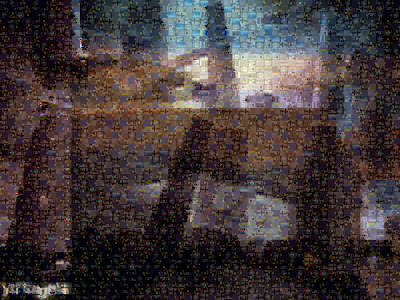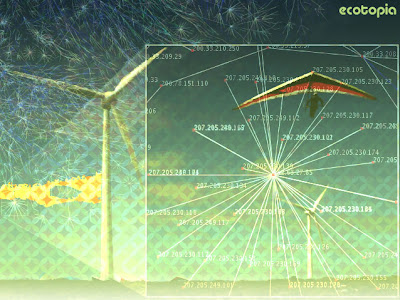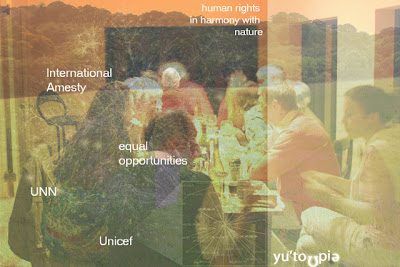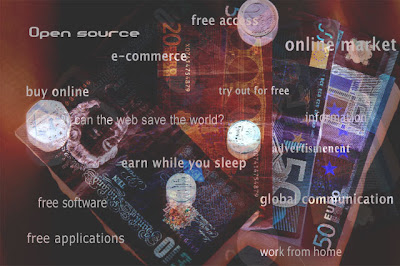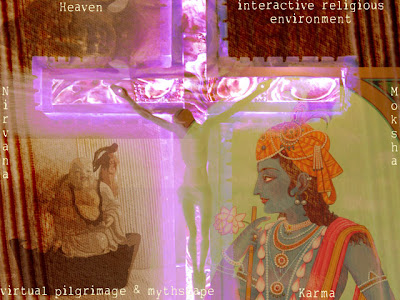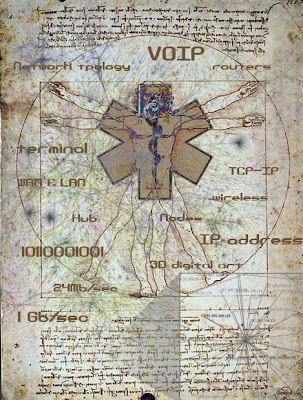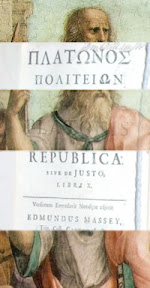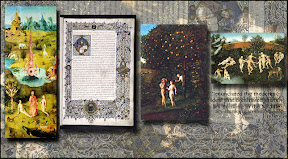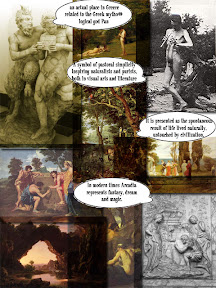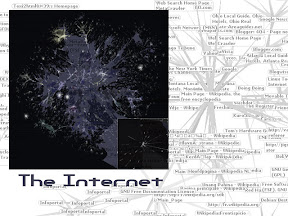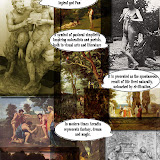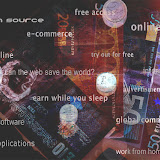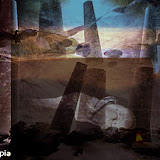The Place: Utopia
8) Evaluation
Description & methodological aspect of the process
The process included a 6 page detailed draft sketches of the idea and its development. Once the methodology that suited the idea of the project was crystallized, the chart given was followed in each step. Hence the structure of the blog (http://utopiaplaceproject.blogspot.com/) has been very strictly divided into 8 blog posts respectively.
Aesthetics methodology was preferred in this case, since it is an imaginary place, visuals were needed to describe it. Even though the Aesthetics methodology has been chosen, the experimental or empirical side-effect gained through each stage in time becomes apparent through the visual language itself. This is obvious when comparing the very first image to the very last, which complemented the final multimedia artefact.
Research was limited to Wikipedia source mainly both for reasons of organizing and minimizing the time spent on research to invest it for the visual making. However, research has been the foundational part to build upon the ideas for the visual language. Images have been taken from various sources, such as magazines, journals, internet, digital camera & and actually hand-drawn backgrounds.
The main purpose of the blending technique used in most of the images was to overlay different image layers as I overlaid ideas together to create visuals anew. For example in several occasions network maps have been overlaid with religious, traditional images and scientific/futuristic images with earthy images. Besides, the main purpose was to engage two contradictory notions (idealism vs. realism) together.
Internet is the actual link in the final outcome, suggested as a non-existing place through out the project. It is the very connection point in-between reality and virtual world.
Strengths vs. Weaknesses
The idea of a no-place explored as an actual place is capturing, unusual, not very often talked about; rather original and fresh. The photo mosaic multimedia although emerged at a later stage during the project, it matched my initial idea of utopia nicely.
· Lack of time to further experiment with various medium to produce the multimedia artefact. Less options to experiment in a blog rather than a dedicated web page.
· Inability to upload Flash or music content on the blog, because image files had to be supported by external server.
· Some people thought the theme of the project wasn’t very clear, but were unaware of the concept of utopia altogether.
· Extensive text in blogs for the average reader to read perhaps.
What could have been done differently would probably be to build a webpage in order to have more control over the making, yet loose the comment interaction favouring blogs.

